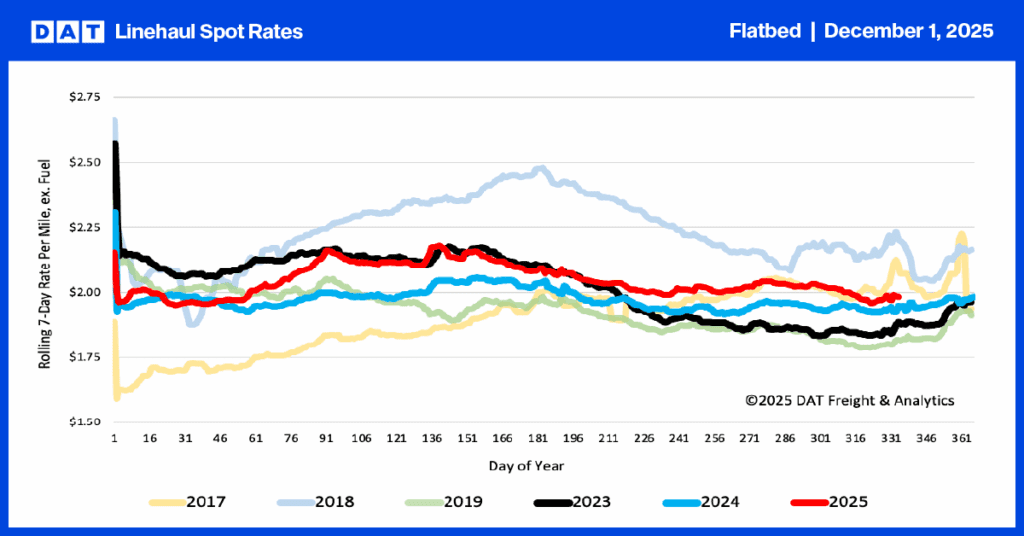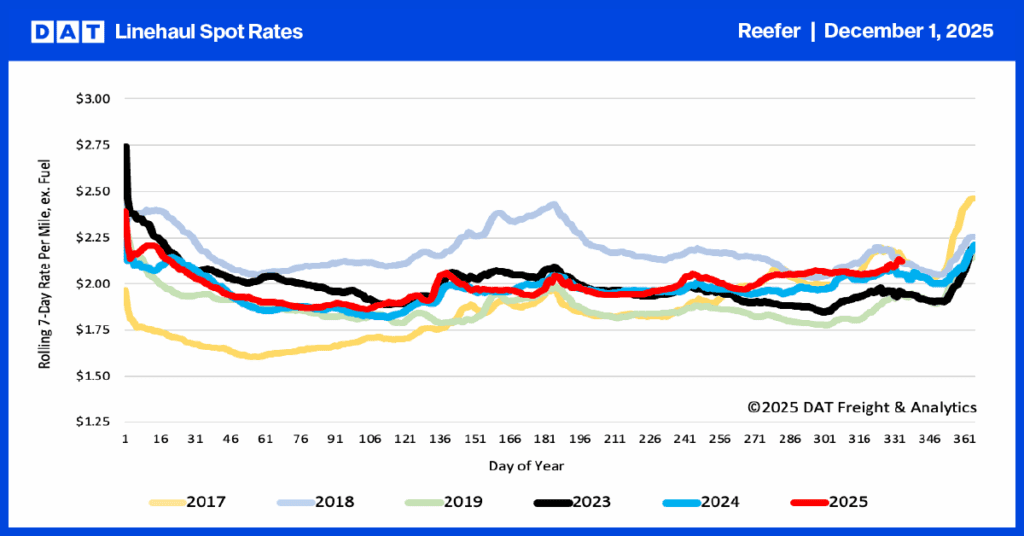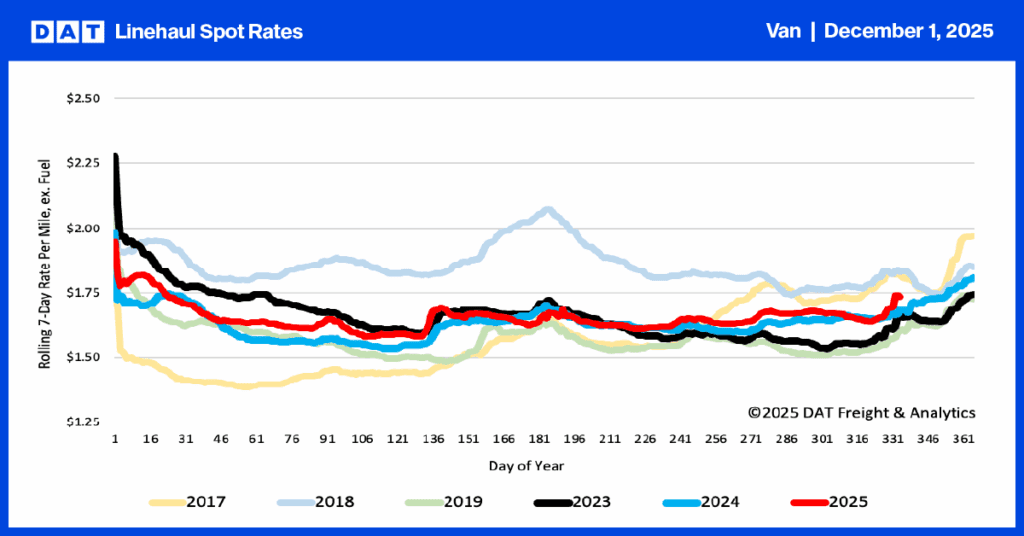Welcome to DAT Freight & Analytics’s six-part series on napping, sleep physiology, scheduling, and trip planning. While aimed at truckers in high-risk operating environments, the information will benefit anyone in the logistics industry equally. This week, we’ll take a deep dive into how to avoid falling asleep behind the wheel.
Who’s at risk of falling asleep at the wheel?
Virtually everyone suffers at least an occasional night of poor sleep. However, as the “sleep stealers” list implies, specific individuals may be particularly vulnerable. These include truckers, students, shift workers, travelers, and persons suffering from acute stress, depression, or chronic pain. Employees working long hours or multiple jobs may also find their sleep less refreshing.
Besides truckers, teenagers are very much at risk as they have difficulty falling asleep until late at night and awakening early in the morning. Many young adults keep relatively irregular hours, and as a group, they report higher rates of dissatisfaction with the sleep they get.
In summary, everyone is at risk of falling asleep behind the wheel.
Automated behavior syndrome
There are various stages along the road to falling asleep at the wheel. It can start with the hypnotic trance drivers fall into where their eyes are open, apparently steering the vehicle, yet their brain is asleep. Drivers described this as daydreaming, while scientists labeled this “Automated Behavior Syndrome.” In both cases, the driver is not in control of the vehicle and is most at risk of a high-speed rear-ended collision.
Unable to recognize and process the warning signs of stopped traffic ahead, a driver in this condition typically plows head-long into vehicles without any evidence of braking or evasive maneuvers.
Nodding off and microsleeping usually follow
Falling asleep at the wheel is a hazardous and life-threatening situation for drivers – it is also known as “nodding off” and “microsleeping.” Most events last four to five seconds, which means at 65 mph, a driver can travel a few hundred feet with their eyes closed. That’s a scary thought if it’s happened to you and nothing wrong happened. For others, though, the results were tragic.
Long before you drift off to sleep behind the wheel, there are a few warning signs you might recognize. An easy one to spot is the reduction in short-term memory, i.e., you start to forget where you are or even the last few exits or mile markers. After that, you may notice your speed changes or others around you slowing down and speeding up.
Eventually, the brain starts to disconnect from the driving task, and brief sleep intervals intrude on what’s known as a microsleep. Typically, your head stays upright as your eyes gradually close, fighting the urge to sleep.
Did you know? Microsleeps are very different from nodding-off events as the head ONLY nods after the neck muscles go to sleep and collapse under the head’s weight. That’s right – the nod is the wake-up, not the sleep. So, if you’ve ever nodded off, you’ve already been asleep for 4 or 5 seconds.
Microsleep events can occur at any time, typically without significant warning, and most drivers who’ve experienced a microsleep have no memory of the event. When asked if they were asleep, they typically say, “I wasn’t asleep, and I’m not fatigued or tired.” The reason is that they have no memory of how many microsleep events they’ve had or for how long and, as a result, continue driving.
Disclaimer: This information is not designed to be a substitute for medical advice from a qualified practitioner or a diversion from the safe operation of motor vehicles. If you have any questions about the safe application of this information at your company, please consult your immediate supervisor. If you have health concerns adversely affecting your sleep, please immediately consult your family doctor.


